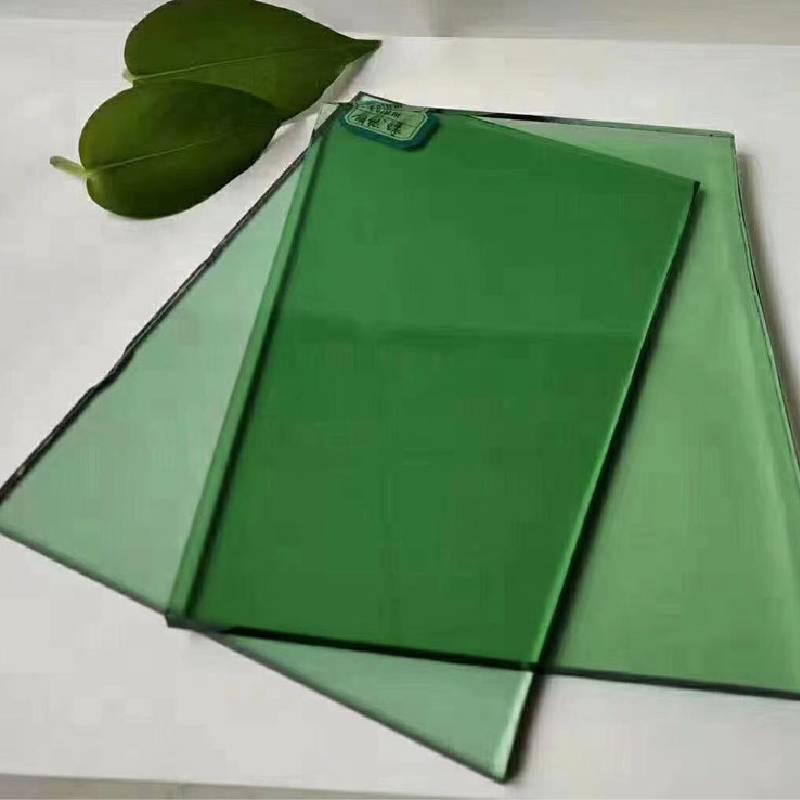The Intricate Balance of Clear and Opaque Glass in Modern Design
In the realm of architectural and interior design, the choice of materials greatly influences the aesthetics and functionality of a space. Among the most versatile materials available, glass stands out due to its unique ability to manipulate light and perception. Clear and opaque glass serve distinct purposes, each offering a range of benefits and challenges. This article explores the roles of clear and opaque glass in design, illustrating how their interplay contributes to innovative solutions in modern architecture.
Clear glass is synonymous with transparency, offering unobstructed views and an open atmosphere. It allows natural light to flood into spaces, creating a sense of connection with the outside world. This quality is particularly valued in residential and commercial settings, where the flowing integration between indoor and outdoor environments is desired. Large glass windows and facades can dramatically enhance the visual appeal of a building, making it appear larger and more inviting. Moreover, clear glass can be utilized to highlight specific design elements, such as artwork or architectural features, allowing them to take center stage without the distraction of surrounding materials.
On the other hand, opaque glass presents a different set of advantages. While it lacks the transparency of clear glass, it offers privacy and intimacy, making it an ideal choice for spaces requiring seclusion, such as bathrooms, offices, and conference rooms. Opaque glass can be textured or frosted, providing decorative elements while obstructing views. This functionality can elevate the design of a space, ensuring that it remains visually striking without compromising on privacy. Additionally, opaque glass can diffuse natural light, creating a soft, ambient glow that enhances the comfort of a room.
clear and opaque glass
The interplay between clear and opaque glass is where design truly flourishes. For instance, architects often employ a mixture of both in building designs to create dynamic environments. Consider a corporate office that utilizes clear glass for meeting rooms, fostering openness and collaboration, while incorporating opaque glass partitions for greater privacy in workspaces. This balance can cater to various needs, facilitating both teamwork and concentrated work.
Furthermore, innovations in glass technology have expanded the possibilities for design. Smart glass, which can switch between clear and opaque states with the touch of a button, exemplifies this advancement. Such technology allows for adaptive environments that can transform throughout the day, responding to the needs of the occupants. As architects and designers continue to explore the potential of clear and opaque glass, the result is an evolving dialogue that challenges traditional notions and enhances modern living.
In conclusion, the thoughtful integration of clear and opaque glass offers a myriad of possibilities for contemporary architecture and design. Their distinct characteristics complement one another, providing solutions that address both aesthetic desires and practical requirements. As our built environments continue to evolve, so too will the ways in which we harness the unique qualities of glass to create spaces that inspire and engage.
 Afrikaans
Afrikaans  Albanian
Albanian  Amharic
Amharic  Arabic
Arabic  Armenian
Armenian  Azerbaijani
Azerbaijani  Basque
Basque  Belarusian
Belarusian  Bengali
Bengali  Bosnian
Bosnian  Bulgarian
Bulgarian  Catalan
Catalan  Cebuano
Cebuano  Corsican
Corsican  Croatian
Croatian  Czech
Czech  Danish
Danish  Dutch
Dutch  English
English  Esperanto
Esperanto  Estonian
Estonian  Finnish
Finnish  French
French  Frisian
Frisian  Galician
Galician  Georgian
Georgian  German
German  Greek
Greek  Gujarati
Gujarati  Haitian Creole
Haitian Creole  hausa
hausa  hawaiian
hawaiian  Hebrew
Hebrew  Hindi
Hindi  Miao
Miao  Hungarian
Hungarian  Icelandic
Icelandic  igbo
igbo  Indonesian
Indonesian  irish
irish  Italian
Italian  Japanese
Japanese  Javanese
Javanese  Kannada
Kannada  kazakh
kazakh  Khmer
Khmer  Rwandese
Rwandese  Korean
Korean  Kurdish
Kurdish  Kyrgyz
Kyrgyz  Lao
Lao  Latin
Latin  Latvian
Latvian  Lithuanian
Lithuanian  Luxembourgish
Luxembourgish  Macedonian
Macedonian  Malgashi
Malgashi  Malay
Malay  Malayalam
Malayalam  Maltese
Maltese  Maori
Maori  Marathi
Marathi  Mongolian
Mongolian  Myanmar
Myanmar  Nepali
Nepali  Norwegian
Norwegian  Norwegian
Norwegian  Occitan
Occitan  Pashto
Pashto  Persian
Persian  Polish
Polish  Portuguese
Portuguese  Punjabi
Punjabi  Romanian
Romanian  Russian
Russian  Samoan
Samoan  Scottish Gaelic
Scottish Gaelic  Serbian
Serbian  Sesotho
Sesotho  Shona
Shona  Sindhi
Sindhi  Sinhala
Sinhala  Slovak
Slovak  Slovenian
Slovenian  Somali
Somali  Spanish
Spanish  Sundanese
Sundanese  Swahili
Swahili  Swedish
Swedish  Tagalog
Tagalog  Tajik
Tajik  Tamil
Tamil  Tatar
Tatar  Telugu
Telugu  Thai
Thai  Turkish
Turkish  Turkmen
Turkmen  Ukrainian
Ukrainian  Urdu
Urdu  Uighur
Uighur  Uzbek
Uzbek  Vietnamese
Vietnamese  Welsh
Welsh  Bantu
Bantu  Yiddish
Yiddish  Yoruba
Yoruba  Zulu
Zulu 

